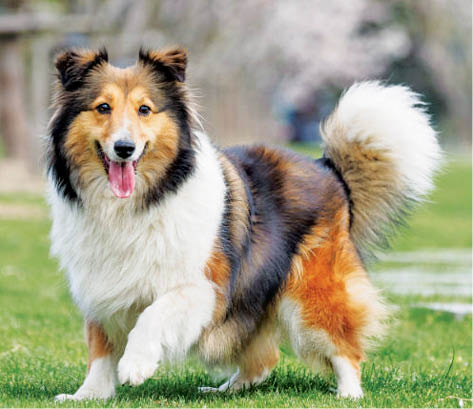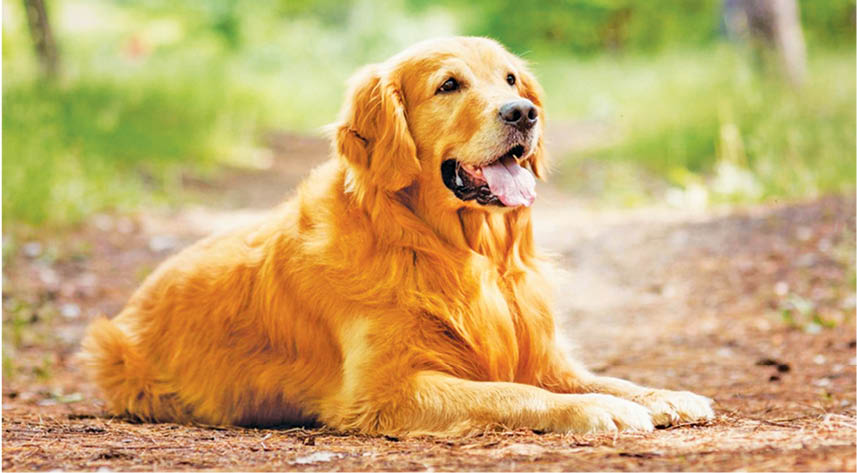 Is Your Pet Pooch Happy?
Is Your Pet Pooch Happy?
We are all only too well aware of the happiness and unconditional love we receive from our pet pooches. But are we doing our bit to keep them happy? One of the biggest worries a pet parent has is whether their dog is happy. We often find ourselves asking what is my dog trying to say to me, is he happy when he wags his tail? Why does my dog follow me around the house, is she hungry or trying to tell me something? Whilst we don’t have the ability to speak to our dogs, we can learn to understand certain body language signals and behaviours which can indicate that our dogs are happy, and more importantly, healthy…
He’s Got The Look: Happy dogs have a relaxed, soft gaze. A dog that shows the whites of his eyes, is likely a dog that is scared or nervous. Narrowed eyes or a hard gaze could indicate aggression or a stressed out dog.
Ears The Thing: Dog ear shapes can vary, but often the way a dog holds his ear can tell us about the dog’s state of mind. Ears that are held in a loose relaxed manner generally indicate a happy dog. Ears that are pinned back could indicate a frightened or aggressive dog. Ears pricked forward indicate a dog that is concentrating on something.
Smooth Moves: A happy, healthy dog normally moves with relaxed, smooth movements. A dog that is tense, stiff or shrinking into itself could indicate an aggressive or fearful dog or a dog that is in pain.
Tell Tails: Most people think a wagging tail is a friendly dog. This is one of the most misunderstood body language signals in a dog. A vigorously wagging tail often held in line with the spine, indicates a happy, friendly dog. A tail that is held erect and wagged in a stiff manner indicates a dog could be uncertain or aggressively aroused. A tail that is held low or even curled under the body indicates an apprehensive, frightened or nervous dog.
The Destroyer: Happy dogs don’t show destructive behaviours. Chewing is a natural behaviour in dogs, especially in young puppies. A happy dog is one that gets plenty of mental and physical exercise. Adult dogs that are destructive around the home are often lacking exercise, stressed, bored, have separation anxiety or even have a medical issue.
Let’s Get Physical: Happy dogs enjoy playtime and walks. Whilst aged or dogs may require less exercise, if your dog seems abnormally quiet, uninterested in play or refusing to go for a walk, do get him checked for sickness, injury or a behaviour issue.
Yummy For My Tummy: A healthy appetite is a sign of a content canine. Whilst many dogs have small appetites, if your usually ravenous dog seems to go off his food and won’t even eat his favourite treats, it is a
sign that something is wrong. Conversely, if a dog’s appetite suddenly shows a drastic increase, it could be a symptom of a health condition.
Shine Fine: A healthy coat is a good gauge that your dog is happy and healthy. Dogs that are excessively shedding, have rough, dry coats, bald patches or flaky skin should get checked out by a veterinarian for health issues and a behaviourist for stress related issues.
- Cracking The Canine Contentment Code: What Makes Dogs Happy - 10 August2024
- The Dark Side Of Pampered Pets: Is Your Kindness Harming Your Dog? - 16 March2024
- Kids And Preventing Dog Bites - 18 March2023
